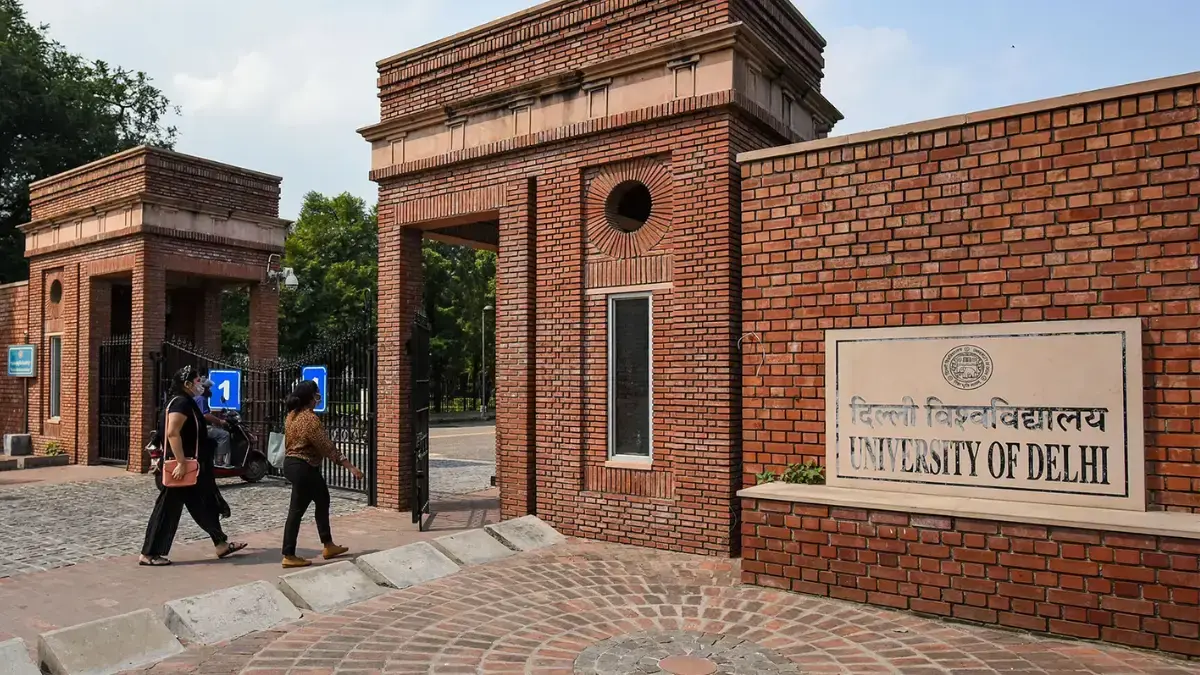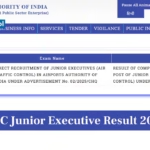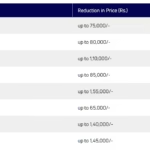Every year, lakhs of students dream of entering the prestigious colleges of Delhi University (DU). In recent years, the admission process has undergone a complete transformation, especially with the introduction of the Common Seat Allocation System (CSAS). For the academic year 2025–26, the CSAS Portal remains the primary tool for securing a seat in DU’s undergraduate programs.
This blog will guide you through everything you need to know about the CSAS Portal: what it is, how it works, important dates, steps to apply, and tips to improve your chances of getting your preferred college and course.
📌 What is the CSAS Portal?
The Common Seat Allocation System (CSAS) is an online centralized portal launched by Delhi University to streamline undergraduate admissions. Introduced in 2022, the CSAS replaced the earlier merit-based admission process and is now fully integrated with CUET-UG (Common University Entrance Test) scores.
All UG admissions for DU’s colleges—whether in science, commerce, humanities, or vocational streams—are now done exclusively through this portal. Students can no longer gain admission based on Class 12 marks alone.
📅 Key Dates for CSAS-UG 2025 (Tentative)
- CSAS Phase I (Registration): Mid-June 2025
- CSAS Phase II (Preference Filling): Early to mid-July 2025
- First Seat Allocation List: Mid-July 2025
- Second Seat Allocation List: End of July 2025
- Spot Round(s): August 2025 (subject to vacancy)
It is crucial to keep checking the CSAS portal and DU’s official announcements to avoid missing deadlines.
🎯 Eligibility Criteria
- Candidates must have appeared for CUET-UG 2025, which is mandatory for admission to DU.
- The minimum eligibility for each program (combination of subjects, language requirements, category-based relaxations) must be met.
- Candidates must have completed their Class 12 education from a recognized board.
📝 How the CSAS Process Works
The CSAS admission process takes place in three distinct phases:
Phase I: Registration
- Visit the official CSAS portal and register using your CUET application number and date of birth.
- Your basic details, CUET scores, and category will be auto-fetched from the CUET database.
- Upload necessary documents like photograph, signature, caste certificate (if applicable), and identity proof.
- Pay the registration fee (varies by category).
This step is purely for registration and document verification. You will not select your preferred courses or colleges in this phase CSAS Portal.
Phase II: Preference Selection
This is the most important part of the process. In this phase, you will:
- Choose your preferred courses and colleges from a long list.
- You can rank as many combinations of course + college as you wish.
- Your preference order is crucial because it is considered during seat allocation.
Once the preference window closes, you cannot make changes, so take your time and rank wisely.
Phase III: Seat Allocation and Admission
Based on your CUET-UG scores, category, seat availability, and preference order, the university releases a seat allocation list.
If you are allotted a seat, you will need to:
- Accept the seat on the CSAS Portal .
- Upload any additional documents, if required.
- Wait for the college to verify your documents.
- Pay the admission fee to confirm your seat.
If you do not accept the seat within the deadline, it will be offered to someone else.
Multiple rounds are conducted. You can either freeze your seat or opt for upgrade in the next round.
🔍 Admission Statistics (2025 Snapshot So Far)
- Over 3 lakh applicants registered for CSAS Portal 2025.
- Around 2.4 lakh students filled in their preferences.
- Courses like BCom (Hons), BA Political Science, BA English, and BSc Physics were the most popular.
- In the first round, over 80,000 students accepted their allocated seats.
- Cut-offs for top colleges like SRCC, Hindu, Hansraj, LSR, and Miranda House remained highly competitive, with CUET percentiles above 99 for popular programs.
📚 What to Consider Before Filling Preferences
- Your CUET Score: Know where you stand in terms of percentile. Use previous year trends to estimate cut-offs.
- Course vs. College: Some students prioritize the course, others the college. Decide what matters more to you.
- Location and Accessibility: Think about commuting or hostel facilities.
- Backup Options: Always include a few safe options along with your dream preferences.
💡 Tips to Improve Admission Chances
- Fill as many combinations of college + course as you’re eligible for.
- Use the “Preview Preferences” feature to review your selection before final submission.
- Apply under your correct category and upload proper certificates to avoid rejection.
- If eligible, apply under supernumerary quotas (sports, ECA, PwBD, Kashmiri Migrant, Single Girl Child, etc.).
⚖️ Tie-Breaking Rules in CSAS
When two or more candidates have the same CUET score, Delhi University uses a tie-breaking mechanism:
- Higher marks in Class 10 or Class 12.
- Older age (date of birth).
- Alphabetical order (as a last resort).
These rules ensure fair allotment in high-demand courses.
🧩 What Happens After Seat Allocation?
Once you are allotted and accept a seat:
- Your chosen college will verify your documents online.
- You will need to pay the admission fee through the portal.
- If you are satisfied, you can choose to freeze the seat.
- If not, you can opt for upgrade in the next round.
After the third round, spot admission rounds are conducted if seats are still vacant. You must express interest to participate.
✅ Final Admission Confirmation
Your admission is confirmed only when:
- Your documents are verified by the college.
- You have paid the admission fee.
- You have received confirmation from the CSAS portal.
If you don’t take these steps within the given time, your seat may be canceled.
🧭 Why CSAS is a Game-Changer
The CSAS Portal has made Delhi University’s UG admissions more transparent and equitable. With a central, digital-first system in place, there is:
- Less human bias
- Faster processing
- Real-time seat tracking
- National-level competition based on CUET scores
For students across India, it has opened new doors to prestigious colleges, based solely on merit and preference.
📣 Conclusion
The CSAS portal is not just a platform—it’s the future of university admissions in India. For aspiring DU students, understanding how it works can make the difference between securing your dream course or missing out due to oversight.
Prepare well, stay informed, and follow each phase with care. Your journey to one of the best universities in India begins with just a few clicks—but those clicks must be made wisely.










